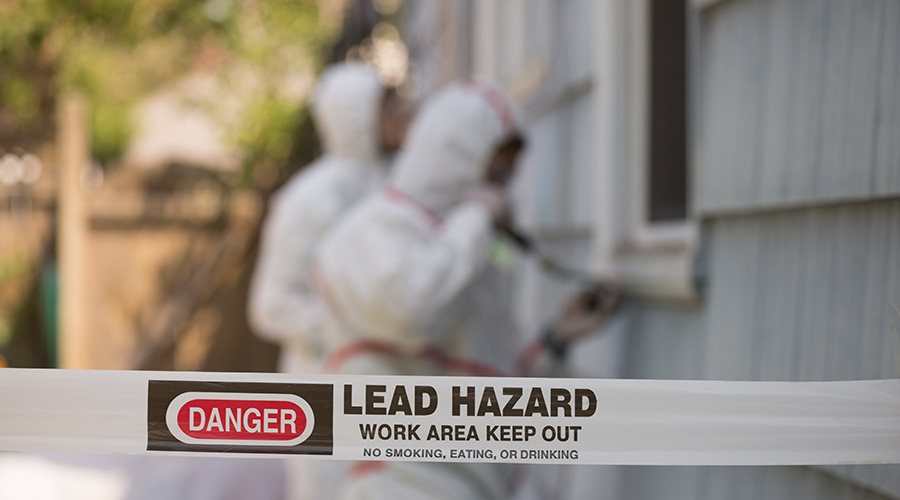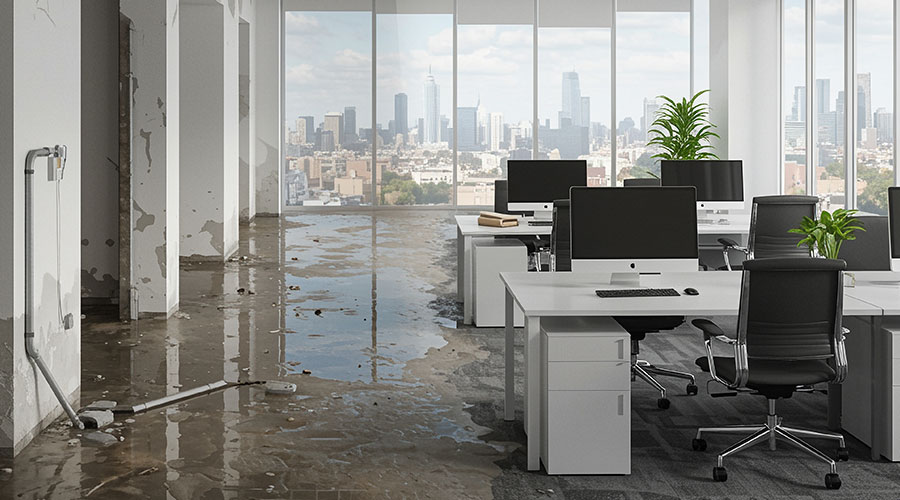Culture Change: MD Anderson Embraces Proactive Maintenance
MD Anderson Cancer Center's facility renewal program takes maintenance from reactive to proactive
Overseeing a maintenance and operations department for any large organization brings challenges that can easily be overwhelming, given size and scope of the facilities in question. Just ask Samir Patel, director of operations and maintenance with the University of Texas MD Anderson Cancer Center
“We have more than 15 million square feet,” he says, adding that “building ages range from new buildings to those that are more than 50 years old.”
For Patel, the challenges go much further, however. His facilities have to help support the mission of one of the world’s leading centers for cancer patient care, research, education and prevention, and they must provide a healthy environment for patients facing daunting health issues.
So when the realization came in 2015 that the organization needed to change its maintenance mindset from reactive to proactive to better support the organization’s goals, the undertaking was certain to be immense.
Challenge and response
MD Anderson consists of about 140 facilities on its main Houston campus and throughout the city. Patel and his department oversee outpatient facilities, research laboratories, and a data center.
“My department is over approximately 18 facilities,” he says. “That makes up about 2.5 million square feet. Some are located on the main campus, and others are outside of the main campus. We’re broken up into five different campuses.” The organization’s overall operations and maintenance (O&M) group has more than 200 employees.
“Just my department is about 110 (employees), including housekeeping, maintenance, and administrative employees and contracted workers,” he says. The situation that faced Patel and his department in 2015 is no doubt familiar to many managers working daily to ensure facilities operate safely and reliably while making the most of resources that too often do not cover the growing needs of aging facilities and infrastructures.
“There was no crisis other than our ability to align with the institution’s objectives,” he says. “That became obvious when we weren’t efficiently using our financial resources. Often, we would react to an equipment failure, although it wasn’t catastrophic. Those failures render space unusable for a time, and we realized that we really needed to take a more proactive approach and have a multi-year plan versus going year to year.”
The response was to develop a facility renewal program (FRP) that addressed facilities and infrastructure needs in all MD Anderson facilities. The program launched in 2016.
“We wanted to maintain our aging infrastructure and provide a better environment for our patients, staff and visitors,” Patel says. “We just were not able to do that with the programs we had in place because they really didn’t allow us to prioritize our infrastructure and aesthetics needs.”
Another goal of the FRP was to help the department and the organization change the way they thought of, planned and performed maintenance tasks.
“We wanted something that would not only allow us to prioritize our needs but be more proactive and less reactive in addressing issues,” he says. “When you’re in a reactive mindset or culture, the effective utilization of your resources is not there. We wanted to increase the effectiveness of our human and financial resources. A proactive approach really allowed us to align those resources to the institution’s objectives versus focusing on putting out the next fire.”
Related Topics:














